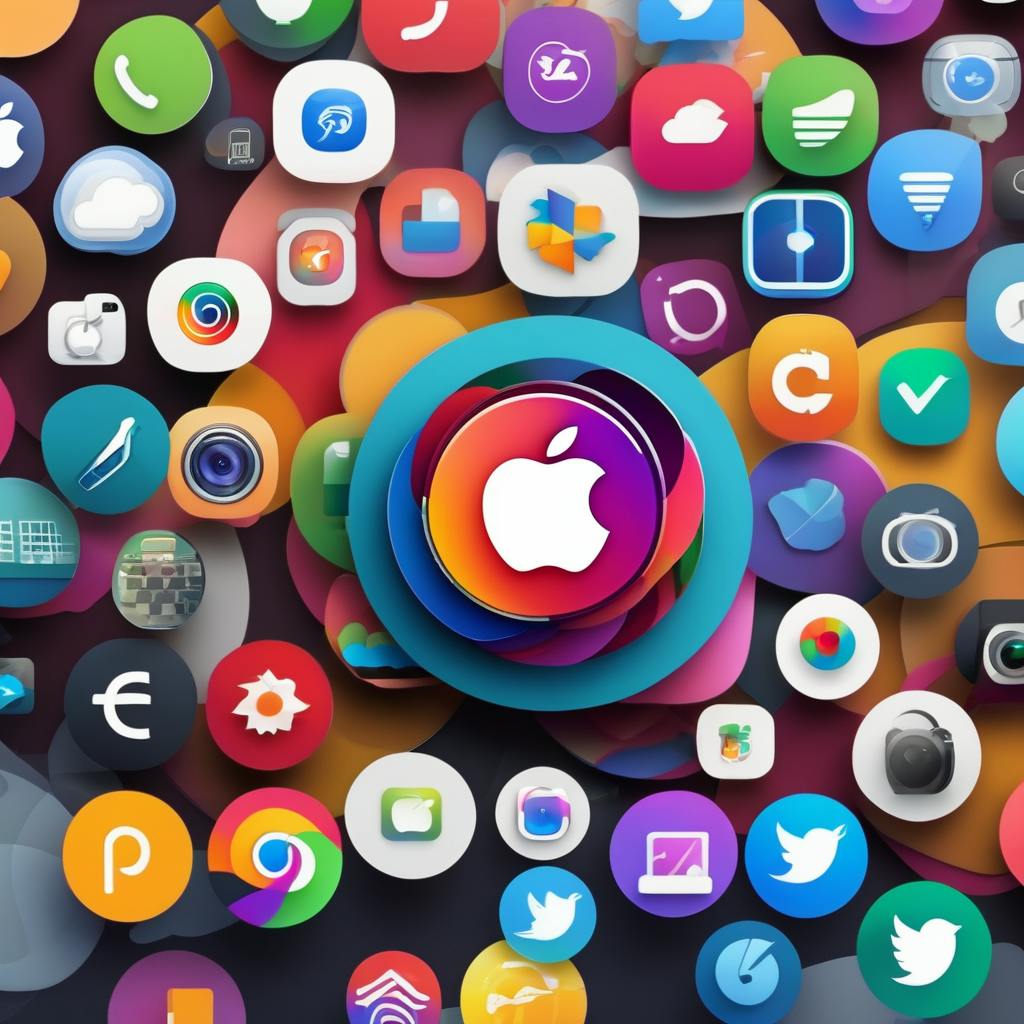United States v. Apple INC Court Filing, retrieved on March 21, 2024 is part of HackerNoon’s Legal PDF Series. You can jump to any part in this filing here. This part is 9 of 25.
C. Apple’s “moat” around its smartphone monopoly is wide and deep: it uses a similar playbook to maintain its monopoly through many other products and services
119. The exclusionary and anticompetitive acts described above are part of Apple’s ongoing course of conduct to build and maintain its smartphone monopoly. They are hardly exhaustive. Rather, they exemplify the innovation Apple has stifled and Apple’s overall strategy of using its power over app distribution and app creation to selectively block threatening innovations.
120. Apple has deployed a similar playbook for a much broader range of third-party apps and services as well, many of which present technologies that function as middleware, facilitate switching, reduce the need for expensive hardware, or disintermediate Apple’s iPhone by enabling the development of cross-platform technologies. For instance, Apple has undermined third-party location trackable devices that fully function across platforms. Apple has impaired third-party, cross-platform video communications apps while steering users to its own video communication app, FaceTime. Apple has limited the capabilities of third-party iOS web browsers, including by requiring that they use Apple’s browser engine, WebKit. Protocols that Apple has placed around new “eSIM” technology may introduce additional frictions for any user who seeks to transition from an iPhone to a different phone while maintaining the same phone number. Apple has impeded cross-platform cloud storage apps in order to steer iPhone users into iCloud, making data transfer between different devices more difficult. Apple uses restrictions in sales channels to impede the sale and distribution of rival smartphones. And Apple has worsened its users’ experience by making it difficult for iPhone users to use superior voice and AI assistants and steering users to use Siri as a voice assistant.
121. Ultimately, the strategies Apple has employed to date are not the only ones Apple can use to achieve its anticompetitive and lucrative ends. As technology evolves, Apple continues to evolve and shift its anticompetitive behavior to protect its monopoly power. For example, in recent years, Apple has increasingly moved into offering its own subscription services, including news, games, video, music, cloud storage, and fitness subscriptions that could be used to keep users tethered to the platform. These subscription services and other ancillary fees are a significant part of Apple’s net revenue. These subscriptions services can also increase switching costs among iPhone users. If an Apple user can only access their subscription service on an iPhone, they may experience significant costs, time, lost content, and other frictions if they attempt to switch to a non-Apple smartphone or subscription service.
122. These subscription services can also increase Apple’s power over content creators and newspapers, among others, by exerting control over how audiences access their work, decreasing traffic to their websites and apps, and positioning Apple as the middleman or tollbooth operator in the relationship between creators and users. In so doing, Apple takes on outsize importance and control in the creative economy, which may diminish incentives to fund, make, and distribute artistic expression.
123. In addition, when one road is closed to Apple, Apple has demonstrated its ability to find new roads to the same or worse ends. For example, Apple was recently ordered to stop blocking link-outs by third parties to their websites where users could buy the third party’s product cheaper. In response, Apple reportedly allowed link-outs to websites but now charges for purchases made on the web even if they are not an immediate result of a click from a link in a native iPhone app.
124. Apple has also attempted to undermine cross-platform technologies like digital car keys in ways that benefit Apple but harm consumers. For example, Apple has required developers to add digital keys developed for their own apps to Apple Wallet as well. The default status of Apple Wallet steers users to the Apple Wallet rather than allowing third parties to present digital car keys only in their own cross-platform app, increasing dependence on Apple and the iPhone whenever they use their car. At the same time, it decreases the incentives of automakers to innovate because automakers are forced to share data with Apple and prevented from differentiating themselves as they could absent Apple’s conduct.
125. Apple’s threatened dominance over the automotive industry goes well beyond the Apple Wallet and Apple’s demands on car makers to allow innovative products and services on the iPhone. Apple’s smartphone dominance extends to CarPlay, an Apple infotainment system that enables a car’s central display to serve as a display for the iPhone and enables the driver to use the iPhone to control maps and entertainment in the car. Like the smartphone market, infotainment systems are increasingly considered must-have capabilities in newer vehicles. After leveraging its smartphone dominance to car infotainment systems, Apple has told automakers that the next generation of Apple CarPlay will take over all of the screens, sensors, and gauges in a car, forcing users to experience driving as an iPhone-centric experience if they want to use any of the features provided by CarPlay. Here too, Apple leverages its iPhone user base to exert more power over its trading partners, including American carmakers, in future innovation. By applying the same playbook of restrictions to CarPlay, Apple further locks-in the power of the iPhone by preventing the development of other disintermediating technologies that interoperate with the phone but reside off device.
Continue Reading Here.
About HackerNoon Legal PDF Series: We bring you the most important technical and insightful public domain court case filings.
This court case retrieved on March 21, 2024, from justice.gov is part of the public domain. The court-created documents are works of the federal government, and under copyright law, are automatically placed in the public domain and may be shared without legal restriction.

